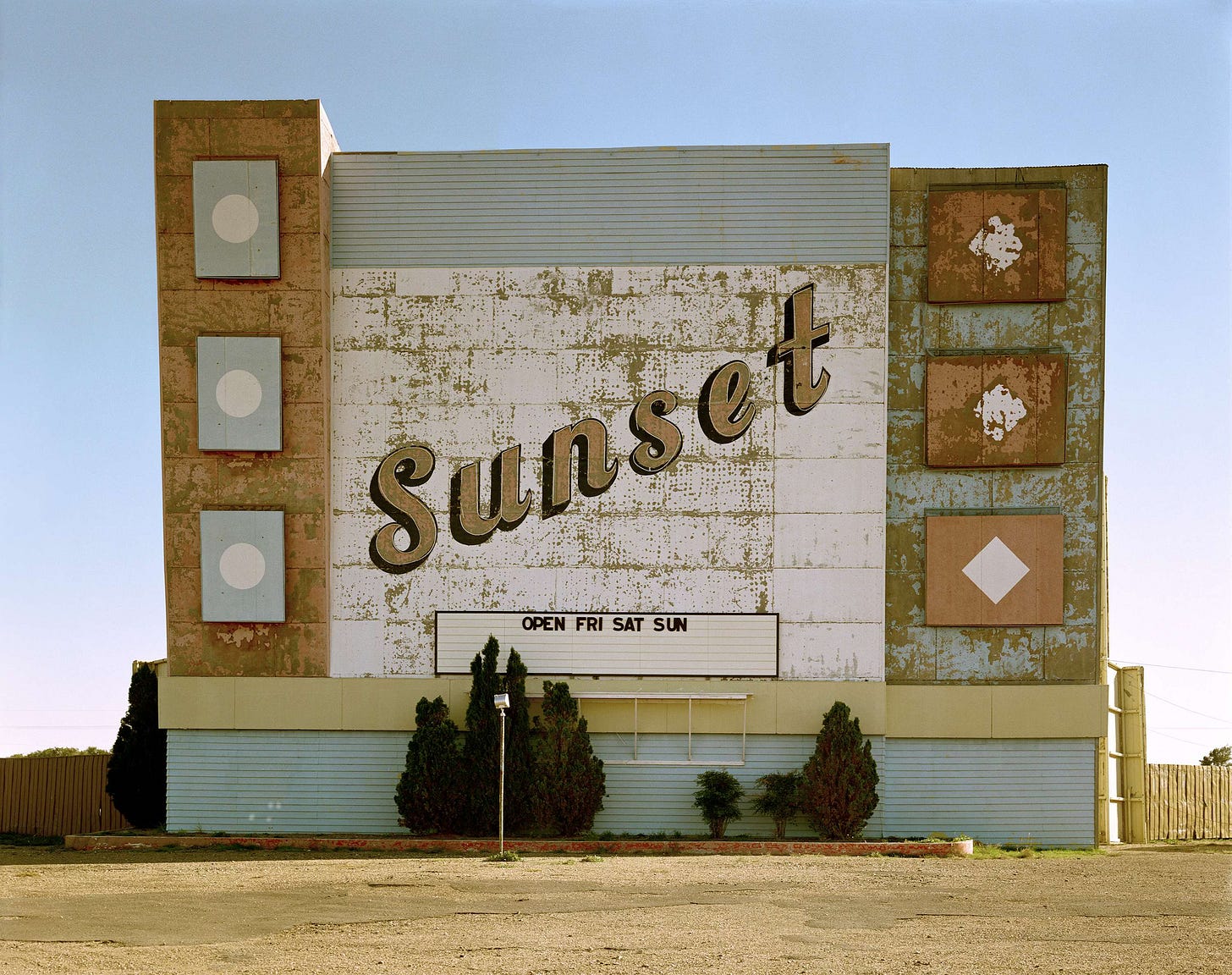Small cinemas are the best. Film Forum is my favorite. Metrograph and Quad are great. IFC and Angelika are good enough. It’s wild that these are all within walking distance of where I live—New York does have its moments.
Sometimes you want to see something that isn’t black and white. You want Steven Soderbergh’s Black Bag. So I ventured to a heathenistic megaplex against my better judgment. Dear reader, I was accosted, accosted!, by thirty five minutes of ads and previews before the movie even began. Previews for violent films, junk food ads, the volume jacked up to eleven. It was a sensory assault designed for teenagers hopped up on Red Bull. I thought, Wait, why am I paying for this? Clearly the experience doesn’t work: People wait to watch the movie at home. Who can blame them?
Then you turn on the NCAA tournament to watch some hoops. The pre-game is sponsored, the half-time is sponsored, the post-game is sponsored—we know this. They show an ad during each and every timeout and you might as well watch with the sound off (though then you’d miss Ian Eagle who really is a great announcer).
Old man, you say, this is modern life. All sponsorships, all commercial misery, all the time. But wait. Here comes The Masters, the annual reminder that it doesn’t have to be that way. This golf tournament, run by some of the most unvarnished capitalists around, appreciates the power of a better experience. Everybody comes out ahead—the people who attend (the patrons in Masters parlance), the TV viewers, the players themselves.
The Masters make a real effort. They don’t try to sell you $10 water. There are barely any ads. There are no ridiculous promos for some terrible CBS show. Amen Corner isn’t brought to you by Cadillac. The Masters doesn’t take all the money. They don’t even televise the whole tournament, for goodness sake!
These days, we’re streaming, we’re subscribing, we’re constantly assessing what’s worth what. The endless choices are exhausting. A friend tells you about a favorite show and you can’t watch it. Chances are you’ve never heard of it. Culture is so personal that it’s barely shared. The Sopranos and Graydon Carter’s Vanity Fair feel like they’re from a century ago.
We’re all media consumers now and we decide how to support corporations we don’t like and artists we do like. There are benefits—we have a digital line to people who do good work. You can connect to a tailor, to a painter, to the man who makes a great fishing bag.
This is coming to you on Substack after all, a patron saint of direct access. Substack has, in its way, brought us together, and that has changed my professional life (yes it sounds earnest, but it remains true). I can write for people as obsessed about these things as I am. We can get right into Belgian collections, black tie strategies, obscure Tokyo bars, vintage coffee makers, chino obsession, Patagonia fishing lodges. That’s also why I like our Q&A sessions. You’re friendly and funny and it feels so far away from the snarky comment sections we’re used to. It’s a personal internet and it exists because you’ve decided to pay for it and makes me want to write well so the cycle can continue.
The lesson I take from all this is that my heart may be behind the times—a certain type of person probably will alway feel that way—but that you have to engage with the modern world on its own terms. Filter out the noise, support what matters and be willing to pay the price.




